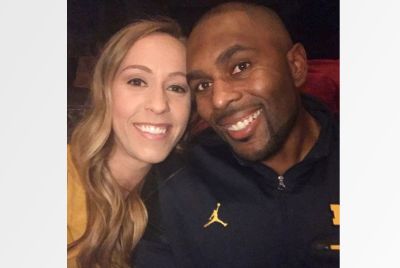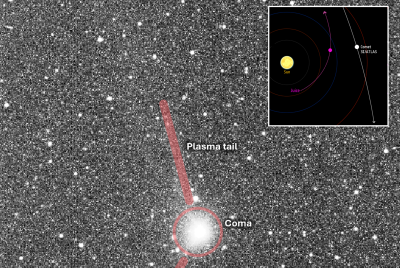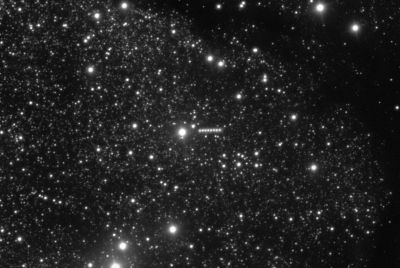Did Aliens Watch Our Nuclear Tests? Scientist Links 100,000 UFOs to Atomic Blasts in Chilling Report
New report reignites debate over UFO activity after researcher connects global sightings to nuclear detonations.
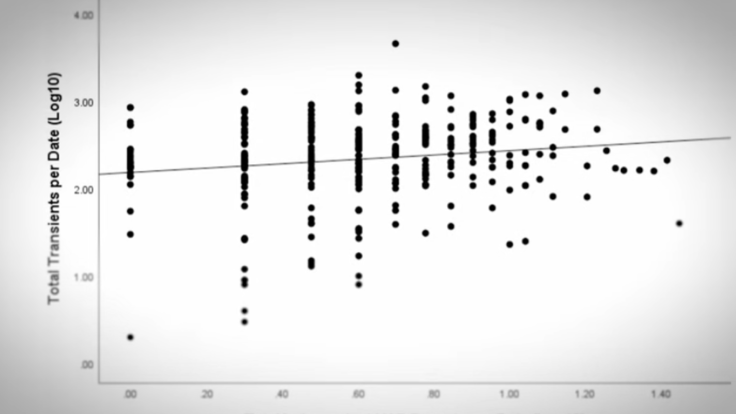
A Swedish astrophysicist's study of vanishing stars has ignited viral claims that aliens were monitoring Cold War nuclear tests.
The report centres on Dr Beatriz Villarroel, a researcher at Stockholm University and the Nordic Institute for Theoretical Physics, whose work examines century-old images of the sky.
Her project identified nine light sources that disappeared between the 1950s and today — yet nowhere in the research does it mention extraterrestrials.
Experts now warn that online misinterpretations of the data show how quickly rigorous astronomy can mutate into UFO folklore.
Her investigation into disappearing stars has sparked renewed public interest in unidentified aerial phenomena (UAP).
Research on 'Vanishing Stars' Misunderstood
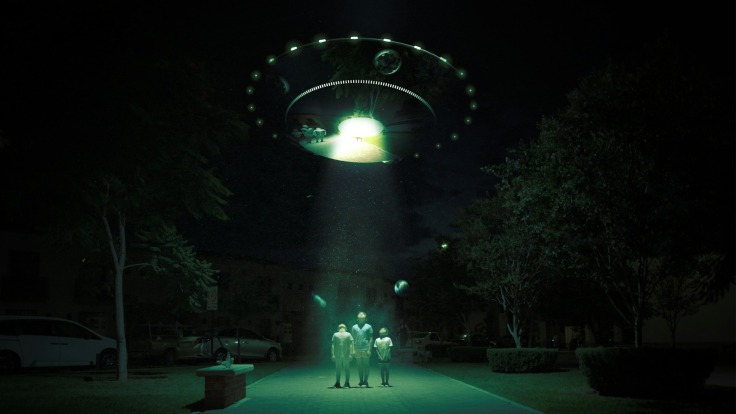
Dr Villarroel leads the VASCO Project — Vanishing and Appearing Sources during a Century of Observations — which analyses historical photographic plates from observatories, including Palomar.
Key facts:
- Over 100,000 archival sky plates have been scanned.
- '100,000 UFOs' online refers to images reviewed, not objects detected.
- The disappearances are likely due to instrument artefacts or brief flares, not alien craft.
'We must study each case carefully before any extraordinary interpretation,' Villarroel wrote in her 2021 paper.
In a 2021 preprint paper, Villarroel and colleagues reported nine transient light sources that appeared on 1952 Palomar plates but later vanished.
According to Dr Villarroel, these 'disappearing' points of light could be the result of natural or technical causes ranging from instrumental artefacts to brief astrophysical flares and 'must be studied carefully before any extraordinary interpretation.'
Her findings resurfaced online in October 2025 after social-media accounts misrepresented the work, claiming she had recorded '100,000 UFOs.'
In reality, the number refers to the hundreds of thousands of sky images reviewed, not unidentified craft.
🚨 One of the world’s top astronomers, Dr. Beatriz Villarroel, has identified over 100,000 UFOs above Earth —her findings have been peer-reviewed by leading astronomers.
— UAP Reporting Center (@UAPReportingCnt) October 25, 2025
This isn’t fringe anymore. The data says it all.
Are we finally ready to admit we’re not alone pic.twitter.com/NRc9y56V6Z
The Research in Context
The VASCO project forms part of a broader scientific effort to mine historical astronomical data for unexplained transients.
Villarroel's group uses artificial intelligence tools to filter out false positives and invites amateur astronomers to help confirm genuine events.
The goal, she has said, is to 'search for anomalies that modern sky surveys might miss,' not to study UFOs.
Although unrelated to defence or nuclear research, the re-emergence of her study coincided with new online discussions of possible links between UAP reports and periods of nuclear testing ideas explored separately by independent researchers.
No peer-reviewed evidence connects Villarroel's celestial anomalies to any such terrestrial events.
Experts Urge Separation of Science and Speculation
Defence commentators say blurring astrophysics with Cold War conspiracies feeds misinformation.
Former RAF officer Martin Dale told reporters that many historic UFO cases were 'later explained by classified aircraft tests.'
He warned that attributing celestial anomalies to aliens 'undermines legitimate research and public trust.'
Astronomy educators likewise note that the VASCO Project uses AI-assisted algorithms to filter false positives and invites citizen scientists to verify results — a transparent process far removed from UFO secrecy narratives.
Why the Study Still Matters
Despite the online noise, Villarroel's approach could illuminate rare short-lived cosmic phenomena such as stellar collapses or instrumental flashes.
By revisiting neglected photographic archives, researchers may uncover how transient astrophysical events evolve over decades.
Potential outcomes:
- Identifying previously unknown variable stars
- Detecting brief supernova precursors
- Improving machine-learning filters for modern surveys
'Curiosity should drive research, not distortion,' Villarroel said in a recent interview.
However, the viral narrative linking aliens to nuclear testing misrepresents solid astrophysics.
Dr Villarroel's real legacy may instead lie in showing how old data and modern AI can rewrite what we know about the night sky — without invoking visitors from beyond it.
© Copyright IBTimes 2025. All rights reserved.


